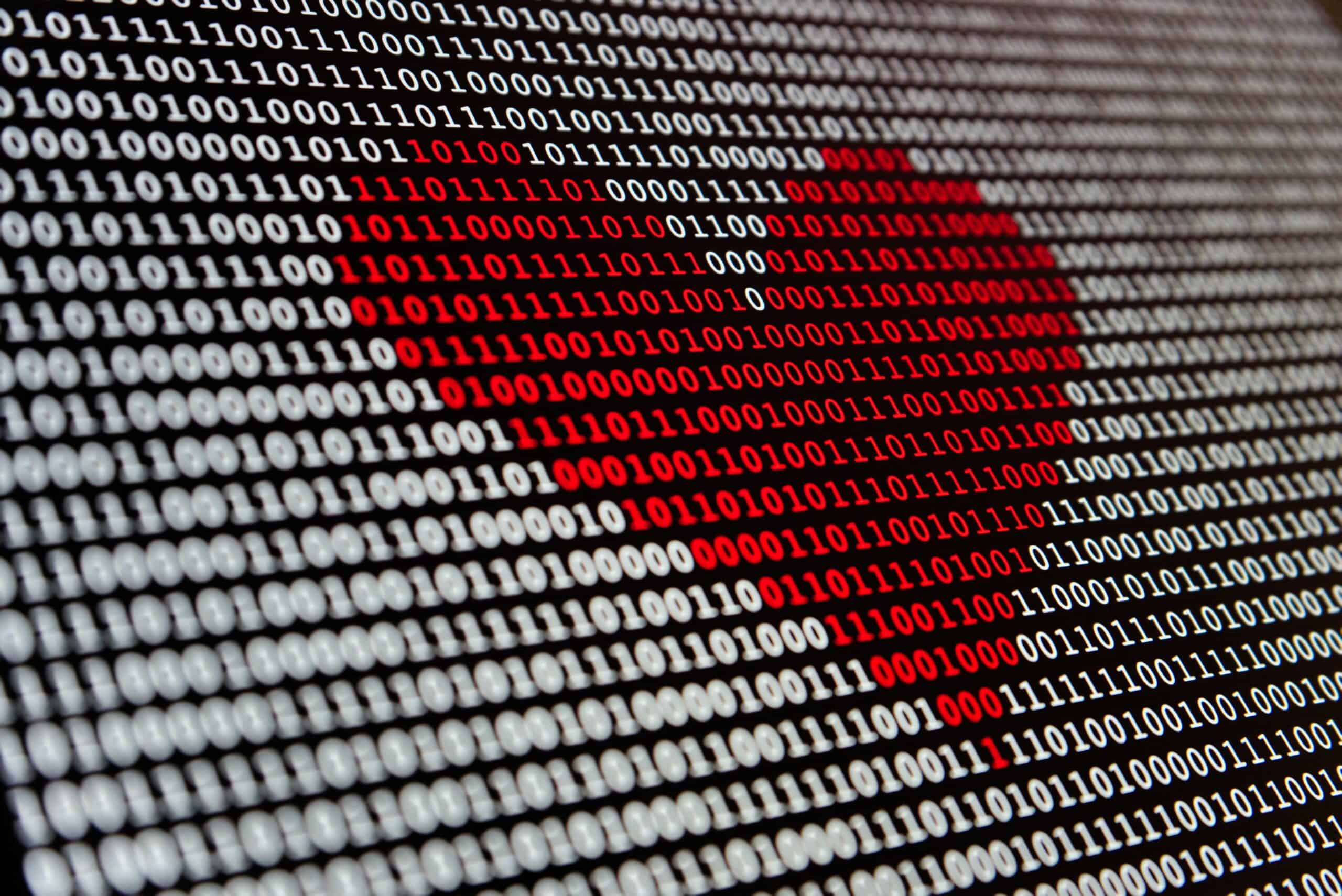Ross Mitchell, a professor at the University of Alberta, wants clinicians to use data a little differently. In general, when doctors start any process, they formulate a hypothesis. Then, they conduct tests to collect data and determine whether their hypothesis is correct or not. Whether it’s establishing a diagnosis or determining the best course of treatment, that’s usually how things go.
But Mitchell says we can do a bit better. The researcher is pioneering a new approach to healthcare innovation by focusing on a data-first perspective, similar to how physicists approach problems.

Data and patients
Nowadays, many clinicians have access to a wealth of data. Health data can be used in various ways to improve clinical decision-making, enhance patient outcomes, and streamline healthcare operations. Whether it’s patient data, symptom data, or any other data that’s relevant to the case at hand, it’s pretty useful to have access to more information.
“It’s what happens every day in hospitals around the world. When somebody comes in with symptoms, you don’t know what it is, so you do tests and imaging to look for things. You literally start by looking at the data and then form a hypothesis,” says Mitchell, a professor in the Department of Medicine, adjunct professor in the Department of Computing Science, for a University of Alberta release.
But here’s the problem: most of the time, that data isn’t all in the same form. Also, a lot of the data comes in formats that are harder to search, like images, handwriting notes, or genomic information. According to Mitchell, some 80% of all healthcare data is stored in this type of format, which means health professionals have to spend a lot of time sifting through data manually, which is time-consuming and requires a lot of effort.
This is where things like XML defining can help. XML (eXtensible Markup Language) is a bit like HTML, but whereas HTML is a predefined language with its own system, XML is not predefined, which means you have to define XML tags. I know, my head is spinning too. But look at it this way: XML is used to define, systematize, and arrange data — yet health practitioners rarely focus on this. So instead, Mitchell says researchers can use AI to find efficient ways to analyze large amounts of data.
For instance, Natural Language Processing (NLP), a branch of AI, is already capable of helping computers understand, interpret, and manipulate human language (at least in some settings). Image-based analysis can analyze medical images such as X-rays or MRIs and draw parallels and find patterns between them. Of course, data integration and search can also benefit greatly from the pattern-finding ability of AI.
But this is easier said than done. Bei Jiang, also from the University of Alberta, is one of the researchers developing novel tools for this approach, and it’s not an easy task.
“One significant challenge in health data analysis is dealing with data complexity and heterogeneity—for example, electronic health records and neuroimaging data,” says Jiang, an associate professor in the Department of Mathematical and Statistical Sciences. My research has been focusing on developing efficient computational tools that can effectively handle these complex data types.
But there’s definitely progress.
From Mitchell’s perspective, all the stars are aligning, and over the next few years, we should be granting broader access to data for medical research and building AI models — because the tools are coming in sooner rather than later.
“We have the data, we have the AI talent, we have the great medical school and fabulous university that attracts students from around the world. That combination is incredibly rare,” he says. “I think the future is very bright. It’s a fantastic time to be getting into AI and health, and things are moving incredibly fast.”
Privacy concerns
Of course, as exciting as this is, health data is challenging to work with ethically. Maintaining patient privacy is key, and getting rid of any AI biases that can amplify injustices or inequality is a crucial aspect, as any algorithmic bias “can impact treatment decisions and lead to disparities in health-care outcomes,” Jiang mentions.
“I have also been developing novel privacy tools that enable secure data sharing while protecting sensitive patient information,” the researcher adds.
Ultimately, the ongoing developments in AI and health data promise a revolution in healthcare — but these changes must be navigated responsibly. Health data can be extraordinarily useful, but its sensitivity calls for rigorous security and privacy measures. Furthermore, biases in AI systems can exacerbate inequality if not quickly eliminated. However, the blend of vast health data, proficient AI talent, and a conducive academic environment make for an unprecedented opportunity.
“I think the future is very bright. It’s a fantastic time to be getting into AI and health, and things are moving incredibly fast.”


